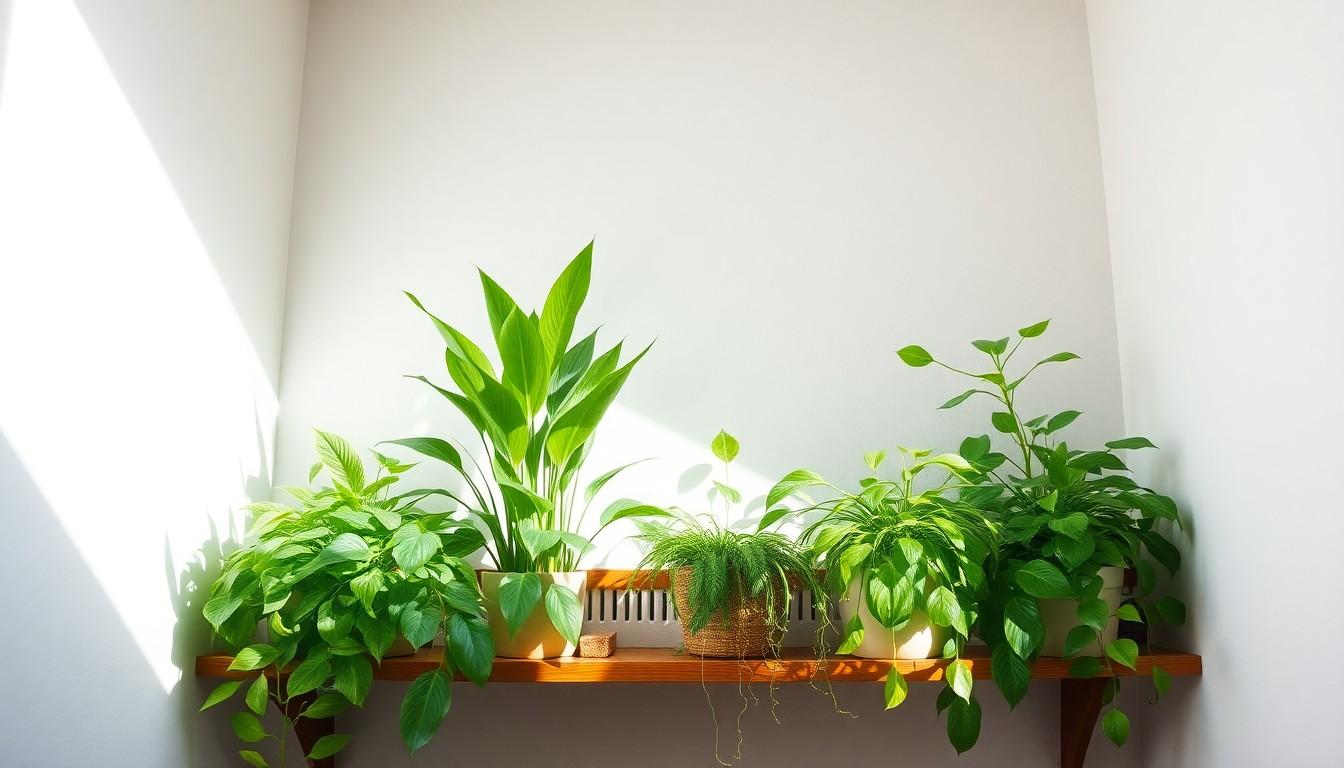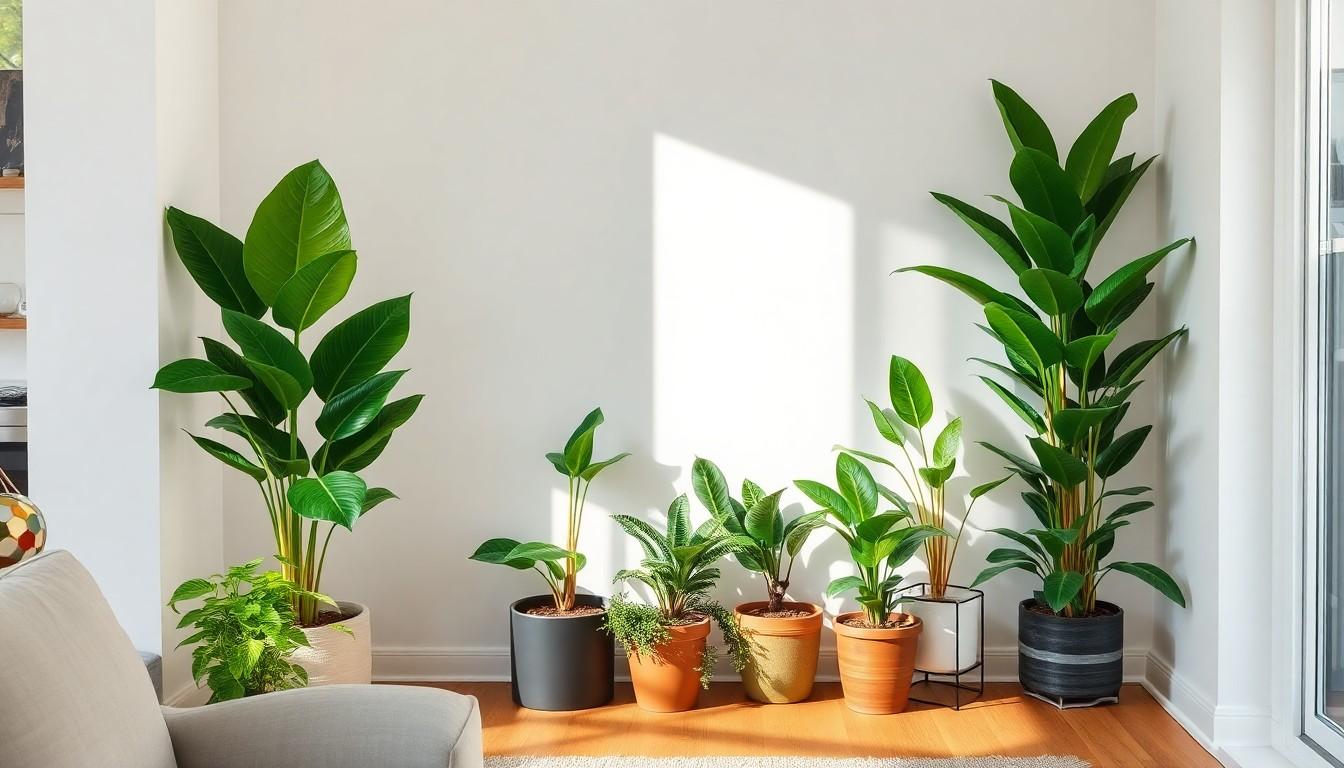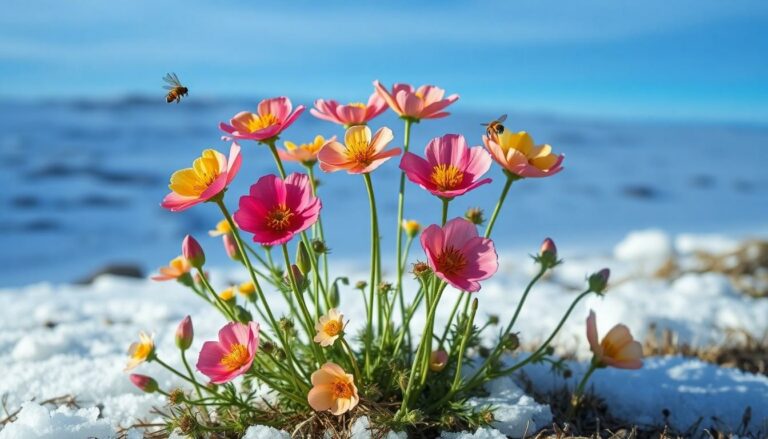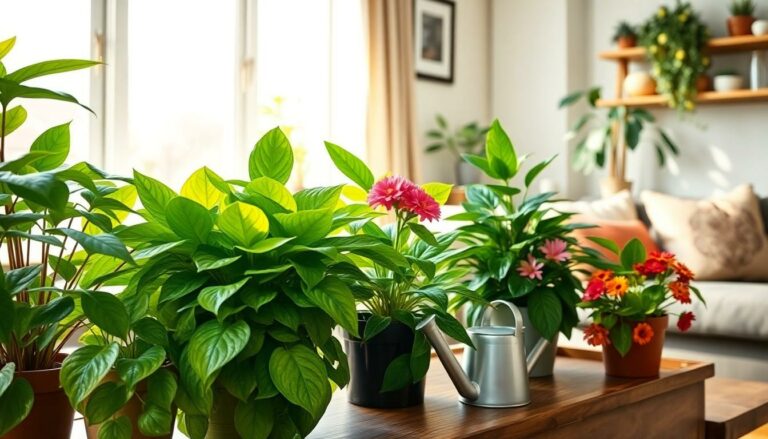The Best Fluffy Pancakes recipe you will fall in love with. Full of tips and tricks to help you make the best pancakes.

House Plants That Don’t Need Light: Discover Low-Maintenance Greenery for Dark Spaces
Imagine having a lush, green oasis in your home without the hassle of sunlight. Sounds like a dream, right? Well, it’s time to wake up because house plants that thrive in low light are here to make your life easier—and your space more vibrant. Whether you’re a self-proclaimed plant killer or just don’t have a sunny window to spare, these leafy companions are ready to step in and save the day.
From the resilient snake plant to the charming pothos, these low-light wonders can transform any dull corner into a thriving sanctuary. They don’t need a sunbathing session to flourish, and they’ll keep your air fresh while asking for little more than a sprinkle of water now and then. So why not let these green superheroes take the spotlight—even if it’s a dim one?
Overview of Low-Light House Plants
Low-light house plants are ideal for environments that lack natural sunlight. Many options thrive in shaded conditions, making them perfect for dark rooms or corners. Plants like the snake plant flourish with minimal light, showcasing striking foliage that adds character to any space. Pothos is another popular choice, known for its cascading vines that bring life to dull areas.
ZZ plants deliver resilience and a distinctive appearance, able to survive in low-light situations while requiring little water. Peace lilies also thrive indoors, boasting beautiful white blooms that brighten up rooms even under limited lighting. Spider plants tolerate neglect, making them suitable for busy individuals.
Each of these plants contributes to improved air quality. It’s noteworthy that low-light plants can reduce certain indoor pollutants. Additionally, they often require less frequent watering compared to their high-light counterparts, simplifying plant care for owners.
Incorporating these hardy plants into home decor promotes a calming atmosphere. Varieties like the cast iron plant work well for those who want greenery without high maintenance. Families and individuals can enjoy the aesthetic and health benefits they provide without needing to place them near windows.
Selecting low-light house plants enhances interior spaces while offering several advantages. These plants create visual interest, contribute to well-being, and adapt well to various indoor environments. Homeowners appreciate the versatility they bring to their living spaces.
Benefits of House Plants That Don’t Need Light

House plants that thrive in low light offer multiple advantages, making them perfect for various living environments. These plants yield significant benefits beyond mere aesthetics.
Improved Air Quality
Low-light house plants actively purify the air. They absorb toxins such as formaldehyde and benzene, which can accumulate indoors. The presence of these plants contributes to healthier indoor environments, reducing pollutants effectively. Peace lilies and ZZ plants excel at filtering the air, making them popular choices for homes and offices. Improved air quality leads to better overall well-being, minimizing headaches and respiratory issues associated with poor ventilation. Investing in low-light plants not only enhances appearance but also promotes a cleaner environment.
Aesthetic Appeal
Incorporating low-light house plants adds visual interest to any space. Their lush foliage contributes to a vibrant atmosphere, enlivening corners and shelves. Unique leaf shapes and colors available with snake plants and pothos create striking contrasts against neutral interiors. These plants thrive in various containers, enhancing decor styles ranging from modern to rustic. The calming presence of greenery provides a natural touch, which can alleviate stress and improve mood. Aesthetic appeal combines functionality and beauty, making low-light plants indispensable in interior design.
Popular House Plants That Don’t Need Light
Some popular house plants that thrive in low light conditions enrich indoor spaces effortlessly. These resilient plants require minimal maintenance and adapt well to various environments.
Snake Plant
Snake plants, known for their upright, sword-like leaves, thrive in low light. They tolerate neglect due to their ability to store moisture. Varieties like the Sansevieria trifasciata are particularly hardy. Snake plants improve air quality by filtering out toxins like formaldehyde. Their unique appearance makes them suitable for any decor style, creating visual interest with minimal effort.
ZZ Plant
ZZ plants shine in low-light environments with their glossy, dark green leaves. These plants are exceptionally drought-tolerant, thriving even with infrequent watering. They grow slowly but consistently provide a beautiful presence in shaded areas. ZZ plants enhance indoor air quality by absorbing pollutants. Their resilience and striking foliage make them a popular choice for homes and offices alike.
Pothos
Pothos, also called devil’s ivy, adapts well to low light while retaining vibrant green and variegated leaves. These plants grow rapidly with minimal care, offering versatility in placement. Pothos effectively filter indoor air by removing harmful toxins, contributing to healthier living spaces. Their trailing vines can create stunning displays in hanging pots, enhancing visual appeal effortlessly.
Care Tips for Low-Light House Plants
Caring for low-light house plants requires specific attention to detail. Proper care helps ensure these resilient plants thrive despite limited light exposure.
Watering Guidelines
Watering low-light plants involves understanding their unique needs. It’s crucial to allow the soil to dry out between waterings. Many of these plants, such as snake plants and ZZ plants, prefer infrequent watering. Overwatering can lead to root rot, so checking the soil moisture before watering is essential. During winter months, the watering frequency often decreases due to reduced growth. A rule of thumb is to water every two to three weeks, but the specific frequency may vary based on humidity and temperatures.
Soil Requirements
Soil requirements for low-light house plants focus on drainage and aeration. A well-draining potting mix works best for these plants. Incorporating components like perlite or peat moss enhances the soil structure. Ensuring the pot has drainage holes prevents water accumulation, promoting healthy root growth. Most low-light plants thrive in a slightly acidic to neutral pH range. Regularly re-potting every couple of years with fresh soil keeps nutrients available and encourages optimal growth potential.
Conclusion
Low-light house plants offer an excellent solution for anyone wanting to bring nature indoors without the hassle of bright sunlight. Their ability to thrive in shaded conditions makes them perfect for various spaces. With minimal care requirements these resilient plants can transform dull corners into vibrant areas.
Incorporating these plants not only enhances the aesthetic appeal of a home but also contributes to improved air quality. They create a calming atmosphere while actively purifying the air. Choosing the right low-light plants can lead to a healthier and more inviting living environment. Embracing these green companions ensures that even the shadiest spots can flourish with life.




